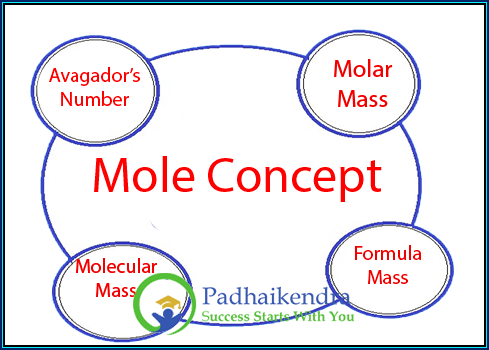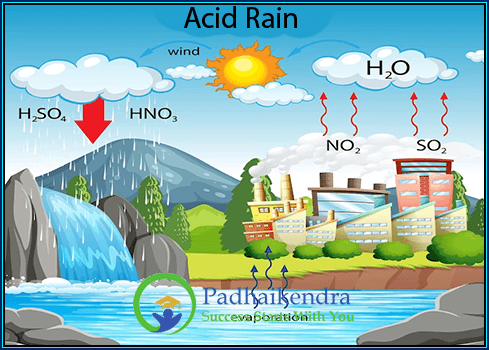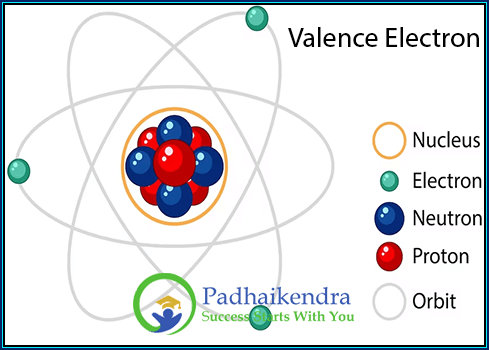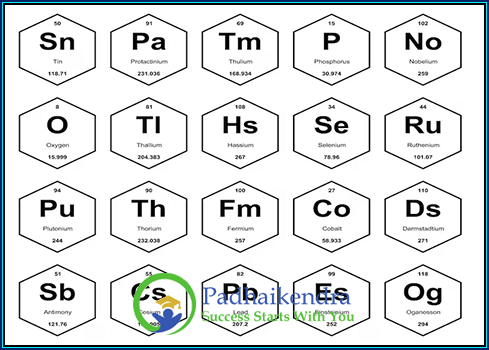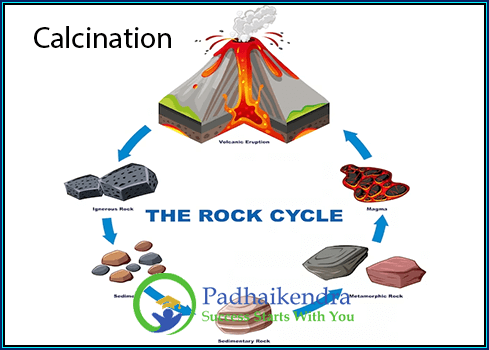What is Mole Concept?
The mole concept is a fundamental concept in chemistry that relates the mass of a substance to the number of particles (atoms, molecules, or ions) it contains. A mole is a unit of measurement used to express the amount of a substance, just as the gram is used to express the mass of a substance.
One mole of a substance is defined as the amount of the substance that contains the same number of particles as there are atoms in 12 grams of carbon-12. This number of particles is known as Avogadro’s number, which is approximately 6.02 x 10^23 particles per mole.
The mole concept allows chemists to easily convert between mass and number of particles of a substance. For example, if we know the mass of a substance in grams, we can use its molar mass (the mass of one mole of the substance) to calculate the number of moles of the substance. Conversely, if we know the number of moles of a substance, we can use its molar mass to calculate its mass in grams.
For example, if we have a sample of carbon with a mass of 12 grams, we know that this is equal to one mole of carbon atoms because the atomic mass of carbon is 12 atomic mass units (amu). Therefore, we can say that one mole of carbon atoms has a mass of 12 grams.
Applications of the Mole Concept
The mole concept is used in many areas of chemistry, including stoichiometry, chemical reactions, and solutions. It allows us to make precise calculations of the amounts of substances involved in chemical reactions, and to determine the concentrations of solutions in terms of moles per liter (molarity).
What is Stoichiometry?
Stoichiometry is the study of the quantitative relationships between the reactants and products in a chemical reaction. The mole concept is essential for stoichiometry calculations, as it allows us to relate the number of moles of reactants and products in a reaction.
The mole of atoms is also used in chemical reactions to determine the reaction’s stoichiometry. For example, if we have a balanced chemical equation that tells us that two moles of hydrogen react with one mole of oxygen to form two moles of water, we know that this means that 2 x Avogadro’s number of hydrogen atoms react with 1 x Avogadro’s number of oxygen atoms to form 2 x Avogadro’s number of water molecules.
Mole concept FAQs
The mole concept is a fundamental concept in chemistry that relates the amount of a substance to its mass and number of particles. It allows us to convert between mass, moles, and number of particles using the Avogadro's number (6.022 x 10^23).
A mole is a unit of measurement used in chemistry to represent a specific amount of a substance. One mole of a substance is equal to the Avogadro's number of particles, which is approximately 6.022 x 10^23.
The mole concept is crucial in balancing chemical equations. It allows us to determine the stoichiometry of a reaction, that is, the ratio of reactants and products in a chemical equation. By using the mole concept, we can calculate the amount of substances involved in a reaction and predict the products formed.
The mass of a substance is related to moles through its molar mass. The molar mass represents the mass of one mole of a substance and is expressed in grams per mole (g/mol). To convert between mass and moles, you divide the given mass by the molar mass.
The mole concept is extensively used in gas calculations, such as determining the volume, pressure, and temperature of gases. The ideal gas law, PV = nRT, where P is pressure, V is volume, n is the number of moles, R is the gas constant, and T is temperature, allows us to relate these properties.
Yes, the mole concept is applied to solutions to determine the concentration of solute. The concentration can be expressed as moles of solute per liter of solution (molarity). By knowing the volume and concentration, you can calculate the number of moles of solute present.
The mole concept is applicable to all types of substances, including elements, compounds, ions, and particles. It allows us to quantify the amount of these substances and perform various calculations in chemistry.
The mole concept is vital in chemistry as it provides a quantitative link between the microscopic world of atoms and molecules and the macroscopic world of measurable quantities. It enables calculations, measurements, and predictions, and is fundamental to understanding chemical reactions, stoichiometry, and the properties of substances.

